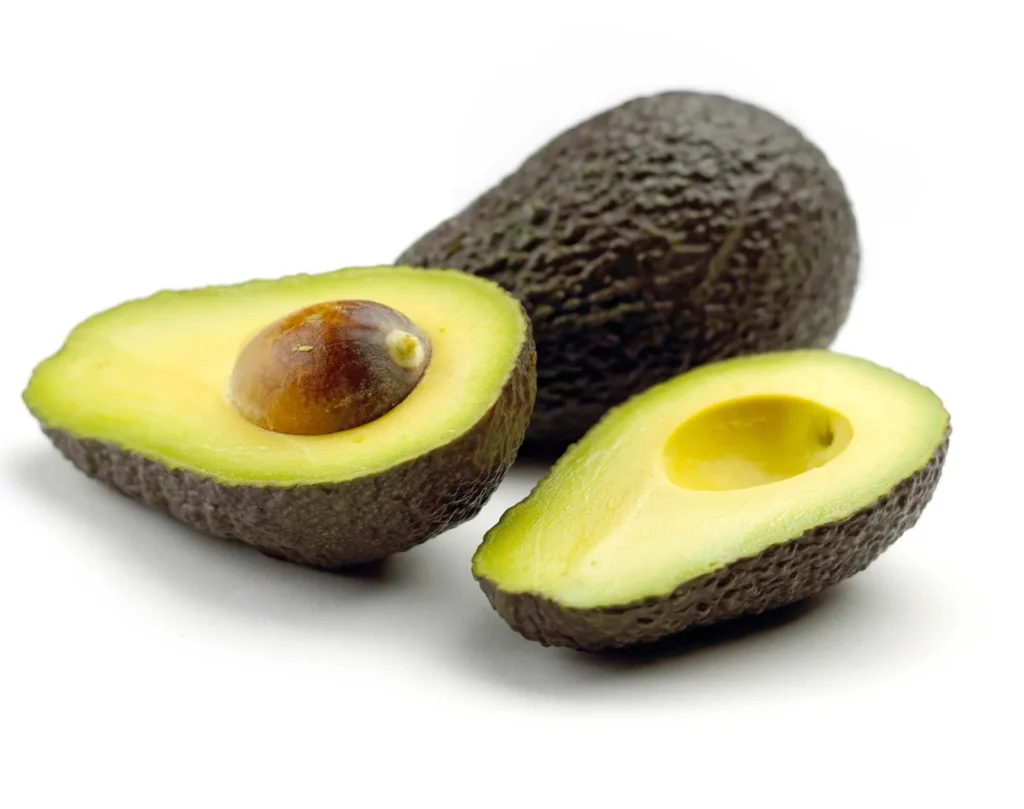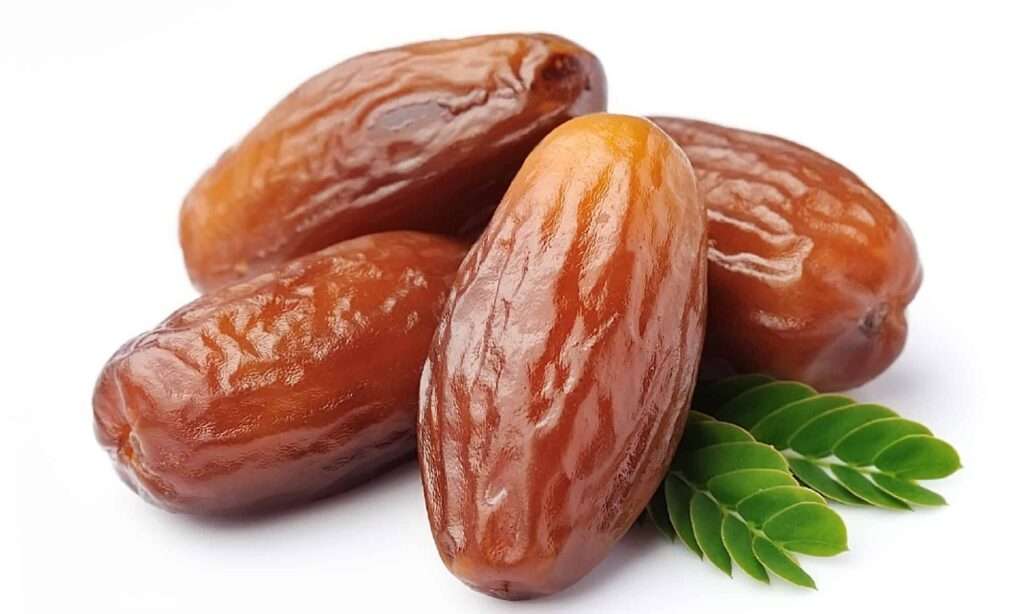
Description
The real cantaloupes, or Cantalupensis group, are distinguished by their rough, warty exterior and delicious, orange flesh. Heart-shaped leaves that are coarse, medium green, and atop fuzzy stems that run along prickly, spreading vines. Cantaloupe has a moderate growth rate and prefers warm climates to flourish in. For a summer harvest, it’s normally planted in the spring.
Varieties
There are numerous cantaloupe varieties available, including:
‘Athena’: This variety, which typically takes between 70 and 80 days to reach maturity and yields enormous fruits.
“Ambrosia”: This type is renowned for having a particularly sweet flavor.
‘Hale’s Best Jumbo’: This variety typically matures in between 80 and 90 days and yields very huge fruits.

Uses
Typically, cantaloupe is consumed fresh, as a salad, or as a sweet dish with ice cream or custard. An antipasto staple is melon slices wrapped with prosciutto. The edible seeds can be dried and eaten as a snack.
Nutrition
Raw cantaloupe has 90% water, 8% carbohydrates, 0.8% protein, and 0.2% fat per 100 g, as well as 140 kJ and 2020 g of beta-carotene, a provitamin A orange pigment. Vitamin C and vitamin A are abundant in fresh cantaloupe, but other nutrients are present in minimal amounts per 100 g.
Cultivation
Cantaloupes require a continual supply of moisture during the growing season and do best with an average temperature range of 65 to 95°F; temperatures below 50°F or above 95°F will impede the growth and maturation of the crop.
Table





